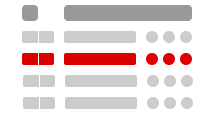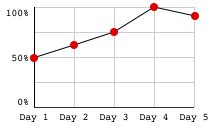Lagrange Multipliers for 2 Variable Functions
Last section, we saw that it was a long process to calculate potential absolute max & mins on a boundary. Lagrange Multipliers help make this process easier and faster.
Suppose we have a function , and we want to optimize this function when given a constraint function . There are 2 steps we need to do:
- Solve the systems of equations:
- Plug all the solutions into the function to identify any maximums & minimum.
Lagrange Multipliers for 3 Variable Functions
Suppose we have a function , and we want to optimize this function when given a constraint function . Once again, there are two steps
- Solve the systems of equations:
- Plug all the solutions into the function to identify any maximums & minimum.






